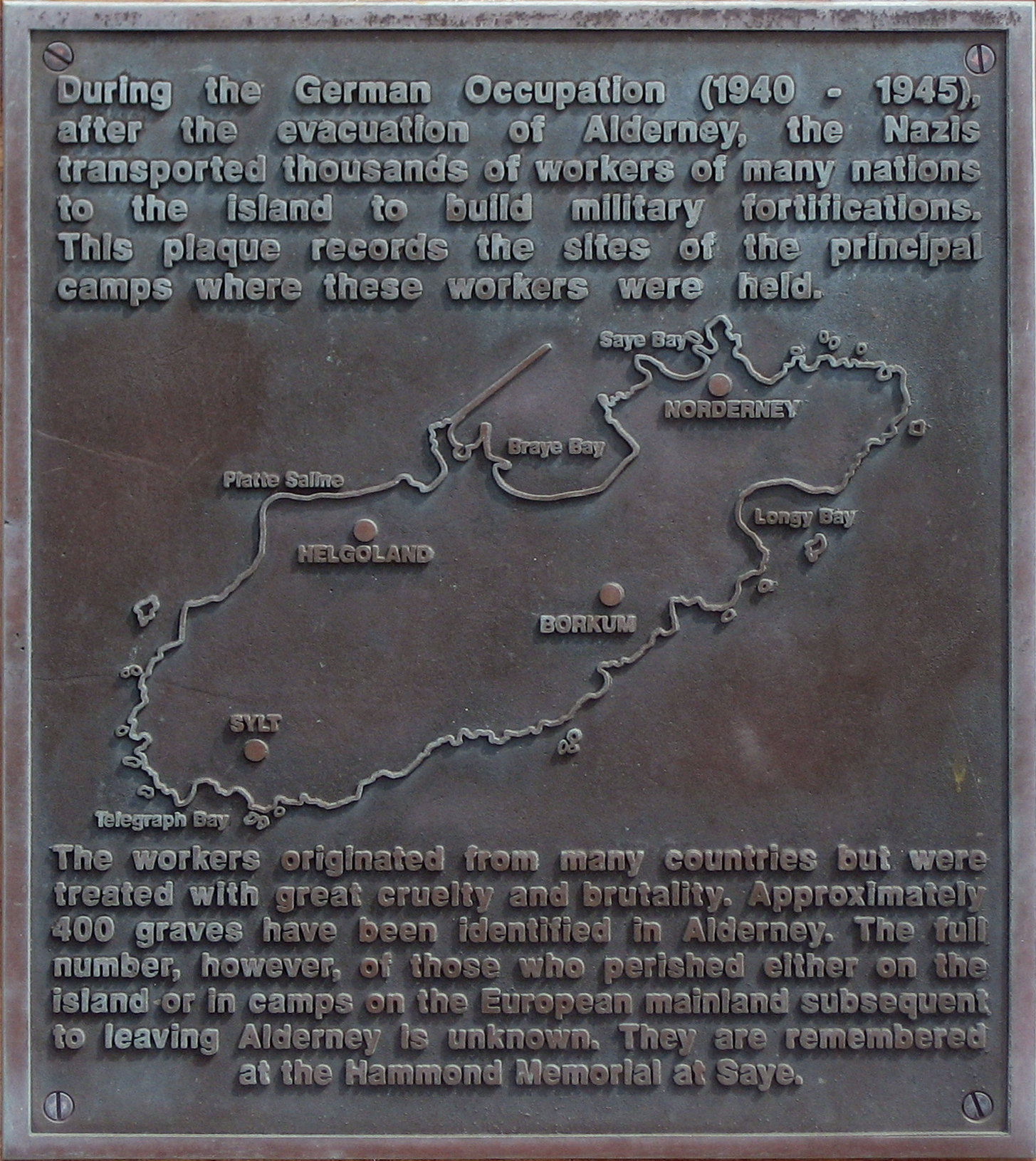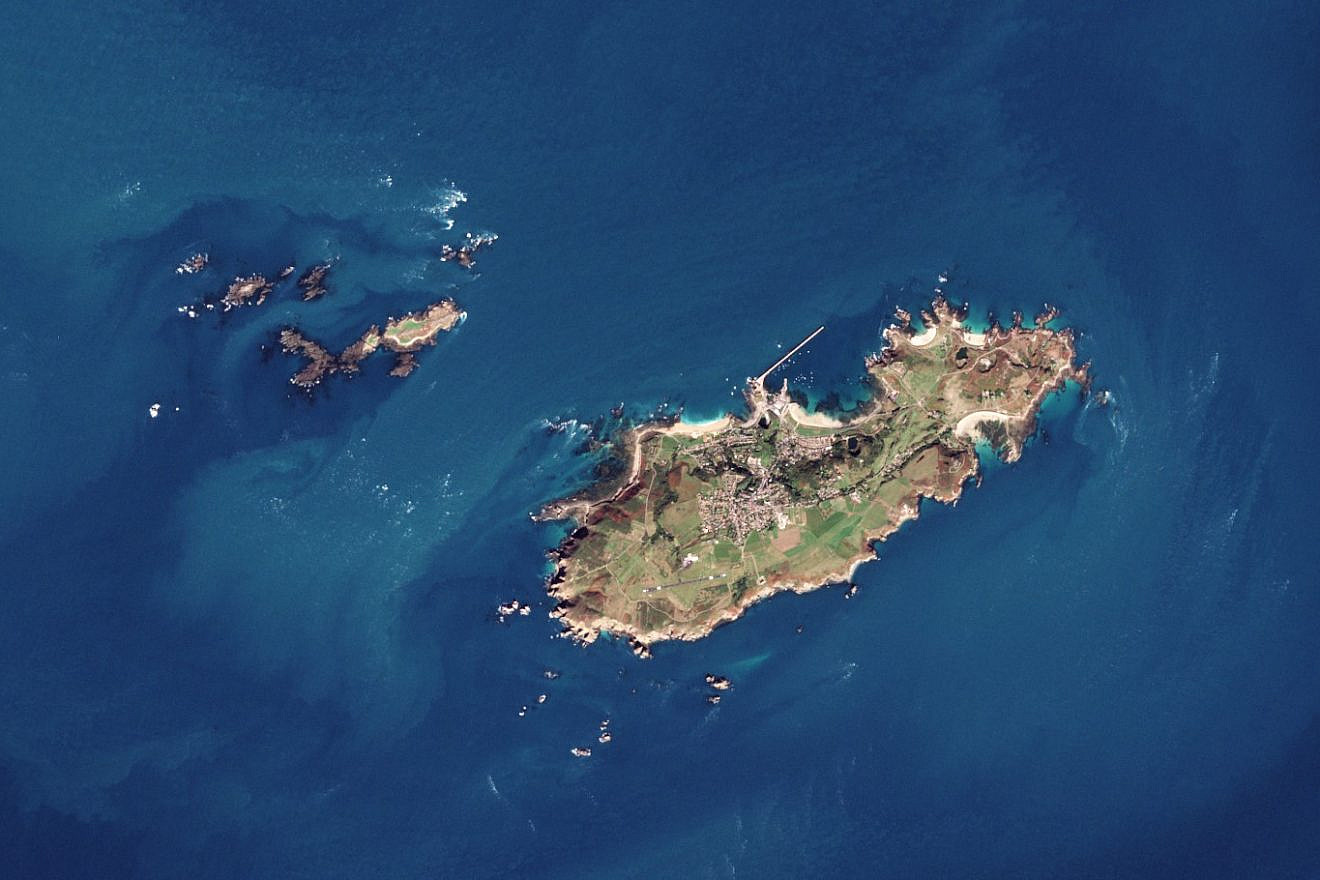
The British government announced a landmark review last week into Nazi camp deaths on the island of Alderney, which the Germans occupied between 1940 and 1945. Officially, 389 marked graves have been found, but some estimates put the death toll much higher—from nearly double that number to even tens of thousands.
“Numbers matter because the truth matters. The dead deserve the dignity of the truth,” stated Lord Eric Pickles, British post-Holocaust issues envoy. “The residents of Alderney deserve accurate numbers to free them from the distortion of conspiracy theorists.”
“Exaggerating the numbers of the dead, or even minimizing them, is in itself a form of Holocaust distortion and a critical threat to Holocaust memory and to fostering a world without genocide,” added Pickles, who heads the UK delegation to the International Holocaust Remembrance Alliance (IHRA).
Located in the English Channel, Alderney is part of the Bailiwick of Guernsey, one of three Crown Dependencies, “self-governing possessions of the British Crown.” The Nazis occupied the island as part of Adolf Hitler’s plan to fortify an “Atlantic wall” to defend against Allied invasion.
During the occupation, the Nazis created forced labor and concentration camps, the most notorious of which was Lager Sylt, or Sylt Camp. Thousands of forced laborers, including prisoners of war and civilians from different countries, were brought to Alderney to construct bunkers, tunnels and other fortifications. They were required to do so under harsh conditions, and many died due to disease, malnutrition and exhaustion.
A team of nearly a dozen experts, led by Paul Sanders, a professor at NEOMA Business School Reims, in France, will research the true death toll and the number of prisoners on the island, with a report expected in March 2024.
Yad Vashem: The World Holocaust Remembrance Center in Jerusalem will assist the researchers.


























